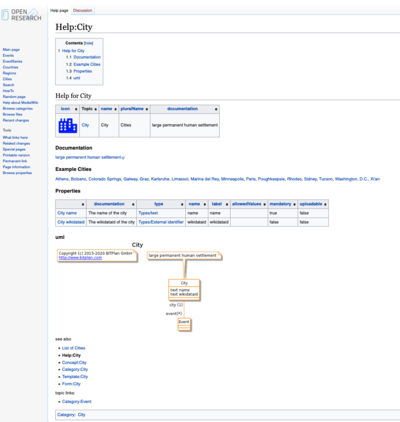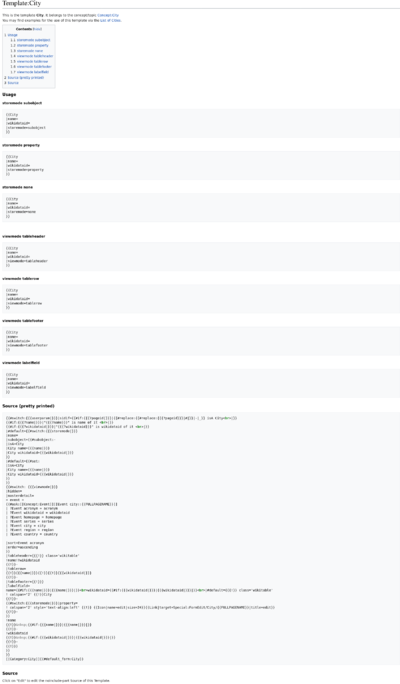Mapping Rules
Introduction
Certain aspects of the software can be systematically implemented. If it is worth wile to work systematically then some rules should be applied. Otherwise ad-hoc decisions are possible which shall be documented in place. e.g the Source Code
Rules
Each rule boils down to the decision taken for the systematic working of things.
- For each entity type there is a form with the same name. e.g Entity Event has Form:Event.
- Each Entity needs to have 7 technical SMW pages:
- List of
- Help
- Concept
- Category
- Template
- Form
- Properties(1 page per property)
List of
- List down all the items in the entity.
- Must contain everything that the entity is involved in.
- The page can have the functionality to add more.
Concept
Help
Rules
A help page consist of the following sections:
- A header showing Icon, Link to the Entity description Topic), name of the entity, plural name of the entity and the plain text documentation
- A documentation section showing the wiki documentation of the entity description(Topic)
- A section with up to 7 links for example instances for the entity
- A section showing a table of all properties for the entity
- Optional: A section showing a uml diagram with the description of the entity, its attributes and links to other entities (but no details for those)
- A list of links to the other technical SMW elements relevant for the entity
Links
Category
- Category should list down all the pages in the entity involved. Each page marked with a Category tag of the entity will be available to view at the Category:Entity page.
- Example for help
Template
Display the properties of the Entity in a structured way. May apply rules on when to show certain content based on the properties of the entity. If the form is strict the Template limits the set of properties that are stored on creation with the from. See https://or.bitplan.com/index.php/Template:City

